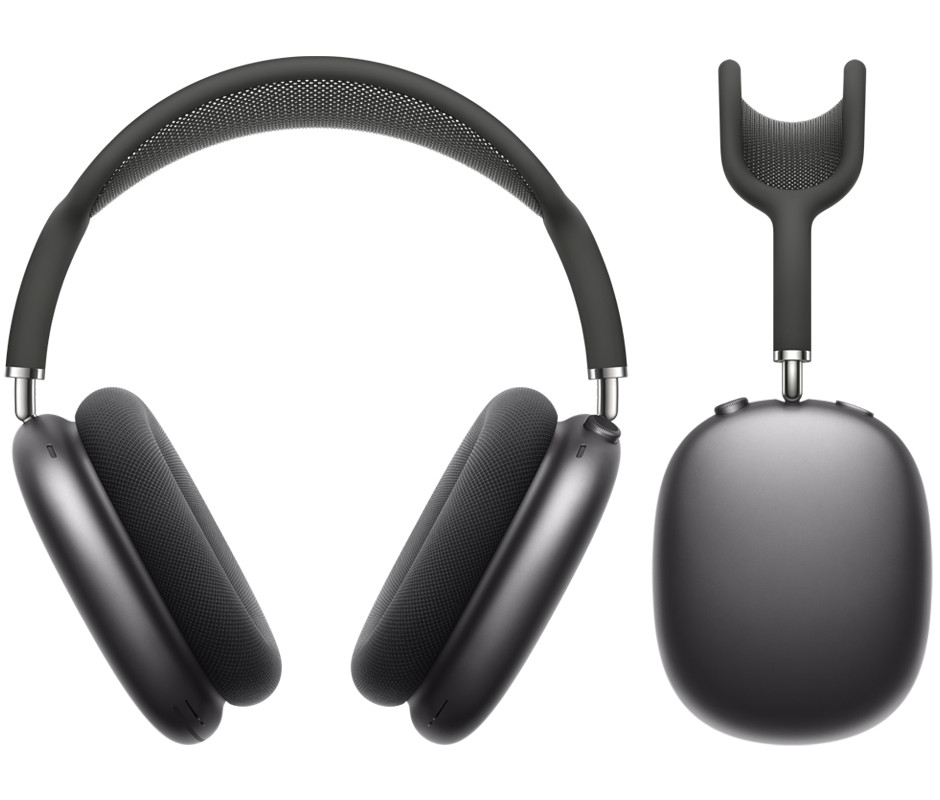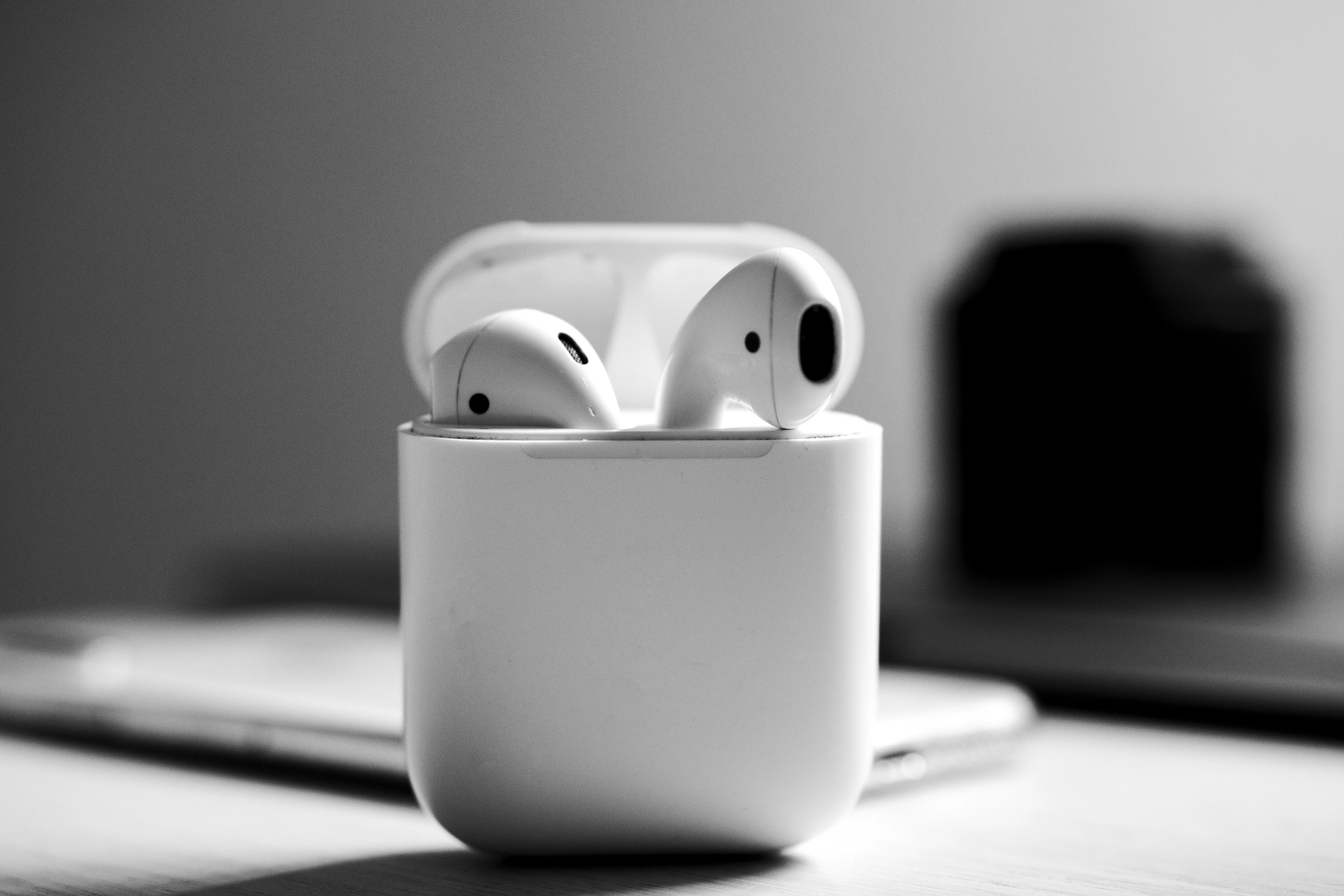AirPods Max, Apple’s premium over-ear headphones, have gained popularity for their sleek design, exceptional sound quality, and advanced features. However, some users have reported a common issue with these headphones – the accumulation of condensation in the ear cups. In this article, we will delve into the causes of this problem and provide some tips on how to prevent and address it.
Condensation occurs when warm or humid air comes into contact with a colder surface. This phenomenon is commonly observed on cold surfaces, such as the outside of a glass filled with a cold beverage. Similarly, when AirPods Max are exposed to sudden changes in temperature or humidity, condensation can form on their ear cups.
The sweat-proof feature of AirPods Max makes them ideal for workouts and outdoor activities. However, intense physical activity or exposure to high humidity levels can contribute to condensation buildup. It’s important to note that condensation is not unique to AirPods Max and can occur with any electronic device exposed to similar conditions.
To address condensation on your AirPods Max, it is crucial to handle them with care. If you notice any signs of condensation, take the following steps:
1. Remove the AirPods Max from your ears and turn them off.
2. Gently wipe the ear cups and other affected areas with a soft, lint-free cloth.
3. If the condensation is stubborn, you can slightly dampen the cloth with fresh water for better cleaning results. Be cautious not to use excessive water or any cleaning agents.
4. Allow the AirPods Max to completely dry before using them again or placing them in the charging case. This step is crucial to avoid any potential damage to the internal components.
Prevention is always better than cure. Here are some tips to minimize the chances of condensation forming on your AirPods Max:
1. Avoid exposing your AirPods Max to extreme temperature changes. If you are moving from a cold environment to a warm one, it’s best to allow the headphones to acclimate gradually to the new conditions.
2. Store your AirPods Max in a cool and dry place when not in use. Avoid leaving them in environments with high humidity levels, such as bathrooms or steamy kitchens.
3. If you are engaging in physical activities that may cause you to sweat excessively, consider using a sweatband or a headband to absorb the moisture. This can help minimize the amount of sweat that reaches the ear cups.
4. Regularly clean your AirPods Max using a soft, lint-free cloth to remove any dirt or residue that may contribute to condensation buildup.
It’s important to note that while condensation on AirPods Max can be a nuisance, it does not necessarily indicate a defect in the headphones themselves. Apple has designed the AirPods Max to be resistant to sweat and water, but they are not completely immune to condensation under certain conditions.
If you experience condensation on your AirPods Max, it’s essential to handle them with care and follow the steps outlined above to address the issue. By being proactive in preventing condensation and properly maintaining your headphones, you can continue to enjoy the exceptional audio experience offered by AirPods Max for years to come.

Why Is My AirPods Max Wet?
AirPods Max can become wet due to the phenomenon of condensation. Condensation occurs when warm or humid air comes into contact with a cold surface. In the case of AirPods Max, if they are exposed to sudden temperature or humidity changes, moisture from the air can condense and form droplets on the ear cups.
Here are a few key points to understand about why your AirPods Max might be wet:
1. Condensation: When warm or humid air surrounds the cold surface of the AirPods Max, the moisture in the air condenses into water droplets. This is similar to how condensation forms on the outside of a glass filled with a cold drink.
2. Temperature changes: If you move from a warm environment to a colder one, or vice versa, the temperature difference can cause condensation to form on the AirPods Max. For example, going from a heated indoor area to a cold outdoor environment can lead to condensation.
3. Humidity changes: Humidity refers to the amount of moisture present in the air. If you are in a highly humid environment and then move to a drier one, or if the humidity levels around your AirPods Max fluctuate, condensation can occur.
4. Ear cup design: The design of the AirPods Max ear cups, which provide a cushioned and comfortable fit, can also contribute to condensation. The materials used and the way they trap heat and moisture can increase the likelihood of condensation forming.
To prevent or minimize condensation on your AirPods Max, you can take the following precautions:
– Avoid exposing your AirPods Max to extreme temperature changes. If you are moving between environments with different temperatures, allow the AirPods Max to gradually adjust to the new conditions.
– Store your AirPods Max in a dry and cool place when not in use. This can help reduce the chances of condensation forming.
– If you notice condensation on your AirPods Max, gently wipe them with a soft, dry cloth. Avoid using any liquids or excessive force, as this may damage the device.
– Consider using a protective case for your AirPods Max, which can provide an additional layer of insulation and help regulate temperature and moisture levels.
By understanding the causes of condensation and taking appropriate measures, you can help prevent excessive moisture buildup on your AirPods Max.
Do AirPods Max Make Your Ears Sweat?
AirPods Max do not make your ears sweat. The over-ear design of the AirPods Max allows for better air circulation, reducing the likelihood of sweat build-up. Additionally, the ear cushions are made of a breathable material that helps to prevent moisture accumulation and discomfort. This makes them a great option for extended periods of use, such as during workouts or long runs.
The sweat-proof feature of the AirPods Max adds to their overall appeal, especially for fitness enthusiasts. With their pocketable design and excellent sound quality, these headphones are well-suited for active individuals who want to enjoy their favorite music or podcasts while engaging in physical activities.
To summarize the benefits of AirPods Max for runs:
– Sweat-proof design: The AirPods Max are designed to be sweat-proof, reducing the discomfort caused by sweat accumulation during workouts or runs.
– Over-ear design: The over-ear design allows for better air circulation, minimizing the likelihood of sweat build-up on the ears.
– Breathable ear cushions: The ear cushions of the AirPods Max are made of a breathable material, further preventing moisture accumulation and discomfort.
– Pocketable design: The compact and foldable design of the AirPods Max makes them easy to carry and store, making them convenient for runs.
– Excellent sound quality: The AirPods Max offer high-quality sound, allowing you to enjoy your favorite music or podcasts while on the go.
The AirPods Max are a great choice for runs due to their sweat-proof design, pocketable nature, and excellent sound quality.
How Do I Fix Moisture In My AirPods?
To fix moisture in your AirPods Pro or AirPods (3rd generation), follow these steps:
1. Remove the AirPods from your ears and wipe them clean with a cloth that is slightly dampened with fresh water. Make sure the cloth is not dripping wet, as excessive water can damage the AirPods.
2. After wiping them with water, use a soft, dry, lint-free cloth to dry the AirPods thoroughly. Gently pat them dry to remove any remaining moisture.
3. It is crucial to allow the AirPods to completely dry before using them or placing them back into the charging case. Leaving moisture inside the AirPods can lead to damage and affect their performance.
4. To speed up the drying process, you can place the AirPods in a well-ventilated area, away from direct sunlight or heat sources. Avoid using a hairdryer or any other external heat source, as excessive heat can also harm the AirPods.
5. Give the AirPods ample time to dry, preferably overnight, to ensure all moisture has evaporated. This will help prevent any potential damage that may occur from moisture remaining inside the AirPods.
Remember, it’s essential to exercise caution and patience when dealing with moisture in your AirPods. Rushing the drying process or using excessive water can cause irreversible damage. Following these steps should help resolve the moisture issue and ensure your AirPods continue to function properly.
Conclusion
The AirPods Max may experience condensation on the ear cups when exposed to temperature or humidity changes. This occurs when warm or humid air comes into contact with the cold surfaces. While the AirPods Max are not specifically designed to be sweat-proof, their portable design and impressive sound quality make them a popular choice for workouts and runs.
If your AirPods Pro or AirPods (3rd generation) encounter any moisture or condensation, it is important to address it promptly. Simply wipe them clean with a cloth that is slightly dampened with fresh water, and then dry them thoroughly with a soft, dry, lint-free cloth. It is crucial to allow the AirPods to completely dry before using them or placing them in the charging case.
By following these guidelines, you can ensure the longevity and optimal performance of your AirPods Max. Remember to always take care when handling electronic devices and be mindful of any changes in temperature or humidity that may affect their functionality.








